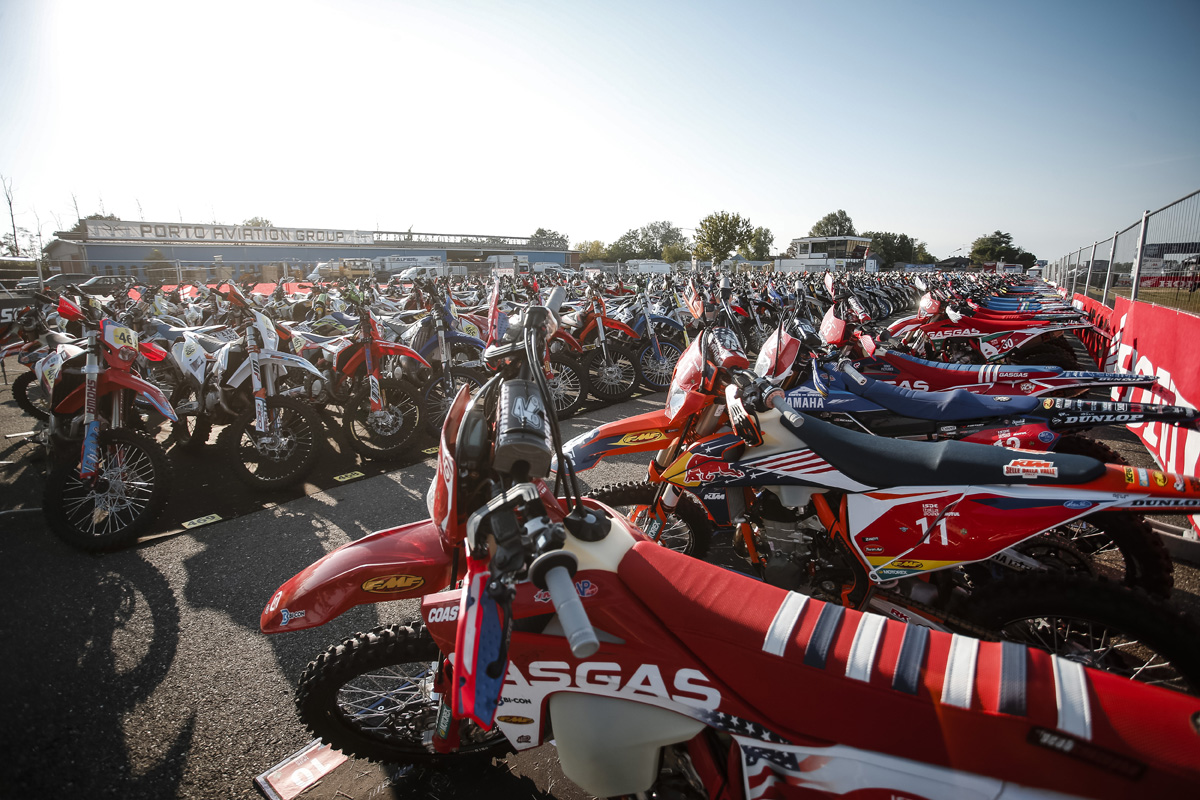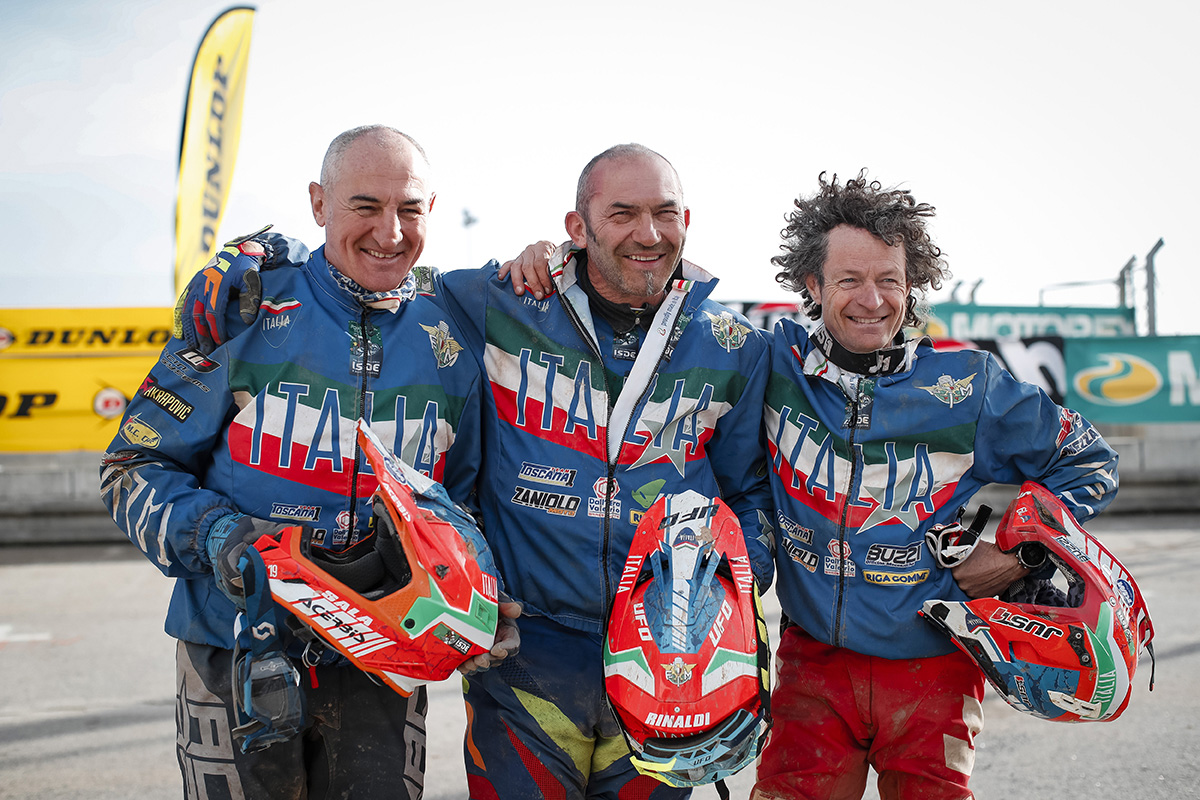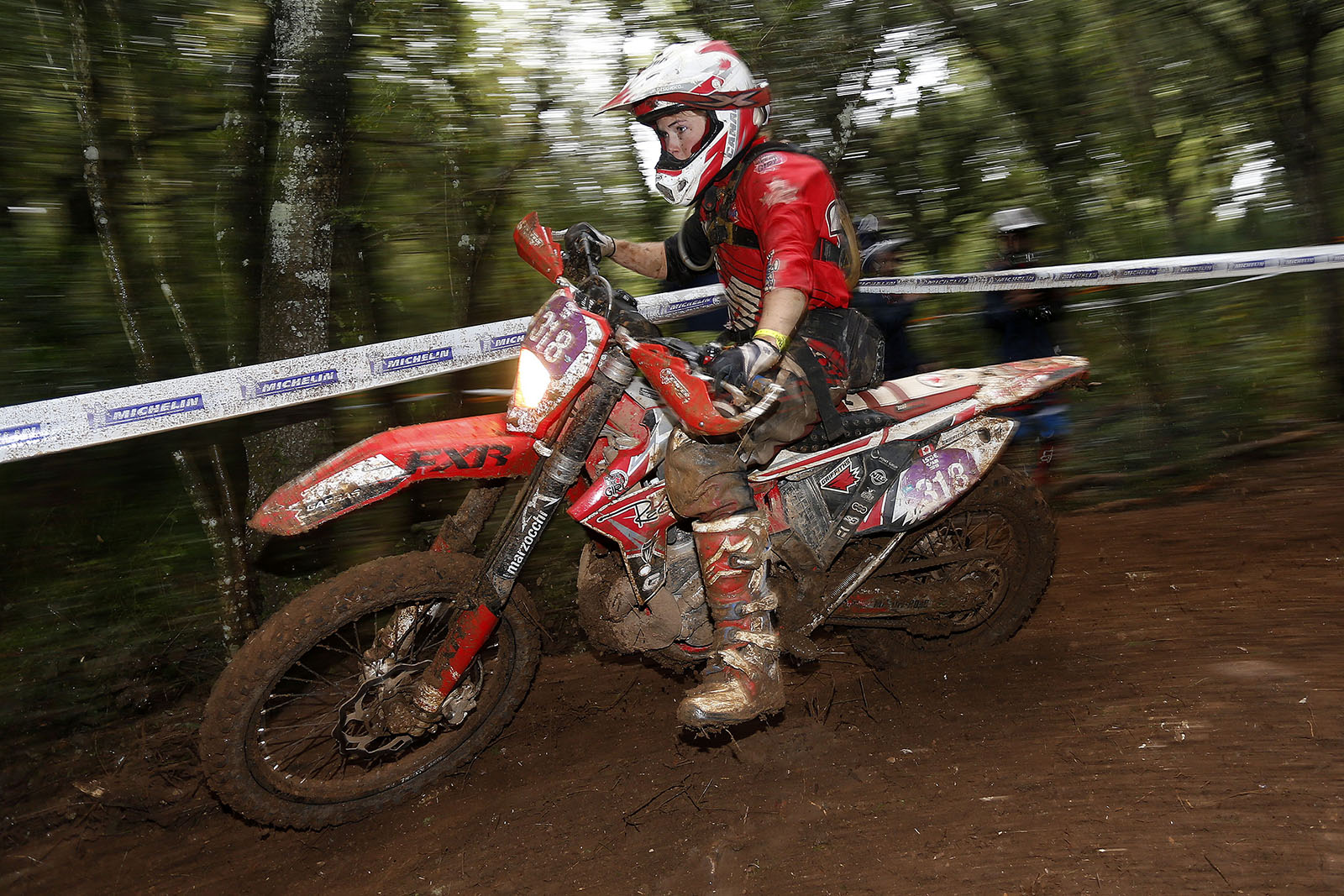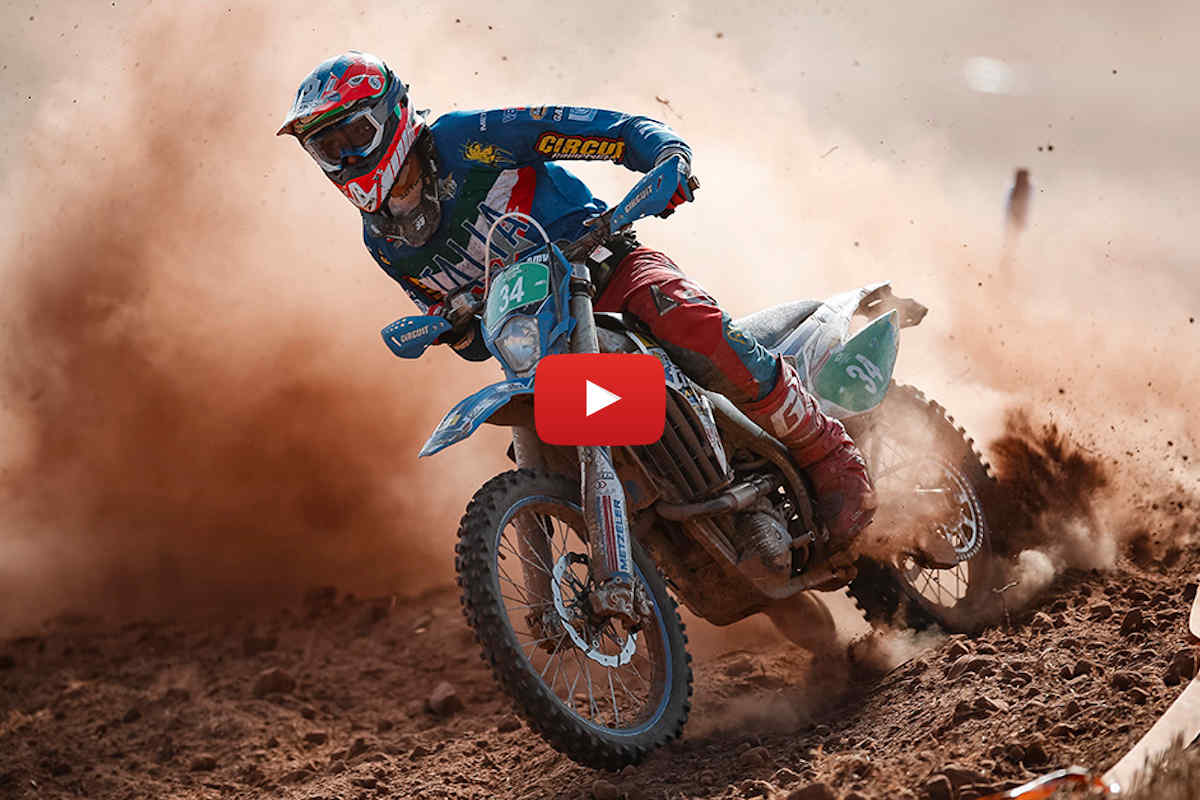Which enduro bike is best at the ISDE?
As we approach the 98th edition of International Six Days Enduro, Steve Holcombe gives insight to the ultimate question: which enduro bike suits the Six Days best?
As one of the toughest, most demanding offroad motorcycle competitions on the planet, the ISDE changes from year to year as it switches between countries and across continents.
From South America’s dusty, wide-open desert tests to the wildly different parts of Europe which can bring technical and rocky terrain, forests, wet grass fields and mud.
The general rule is the ISDE tests are more open than riders face in the EnduroGP world championship. On the flip-side, ISDE tests are different again than some nations like USA and Australia typically find in their national championships.
In short that means no two are the same and that means riders from different parts of the world are faced with the perennial problem of adapting quickly to each ISDE.

A major factor however can help or hinder you before you even leave home: which bike to use. Do you go with the one you’re familiar with and have been racing all year or the one best suited to the ISDEs unique challenges?
Traditionally teams had to enter a rider in each class (E1, E2 and E3), which complicated things and often meant one squad member had to race a capacity and bike he wasn’t used to – taking one for the team in some cases.
Is a 300/350 best?
Factoring in these elements, along with evolution of machinery, and current trends, it is hard to pinpoint one motorcycle to answer the question. We can look back through history for the most popular type of bike and see it tended to be middle capacities, but recent ISDEs have shown the tests, as much as the rider, make a difference for the overall win and outright victories have come from either end of the scale.
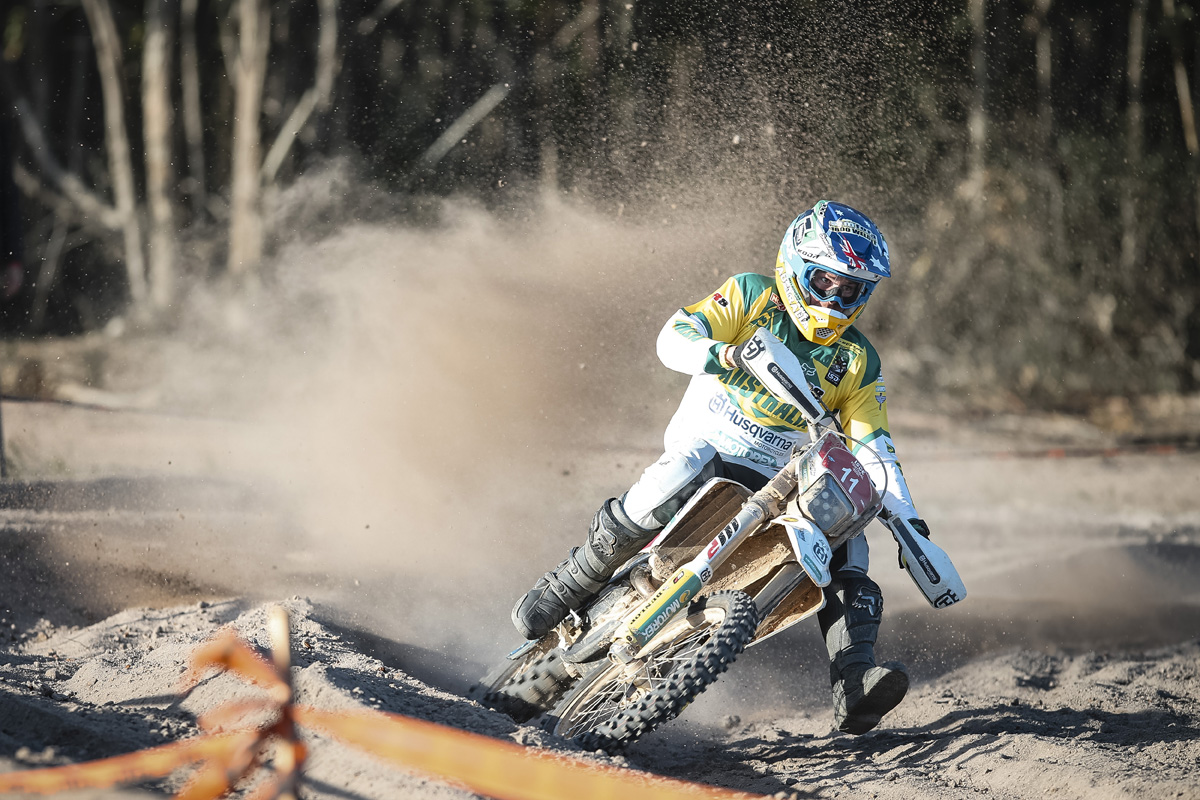
In 2018 and 2019 we saw Aussies Daniel Milner and Daniel Sanders winning on big bore four-strokes where power mattered more. That was followed by Josep Garcia winning on a 350, a more typical capacity, in the tighter tests of Italy and France.
Through each of these ISDEs the top 10 overall has been a mixture of all classes (E1, E2 and E3) but with a majority settling on E2.
Exceptions to that rule are Sanders on a 500 Husky in Portugal in 2019 and most recently of all Garcia on a 250 four-stroke in Argentina in 2023 which points to a trend for smaller, more manageable machines (Andrea Verona was runner-up in Italy and France on a 250 4T).
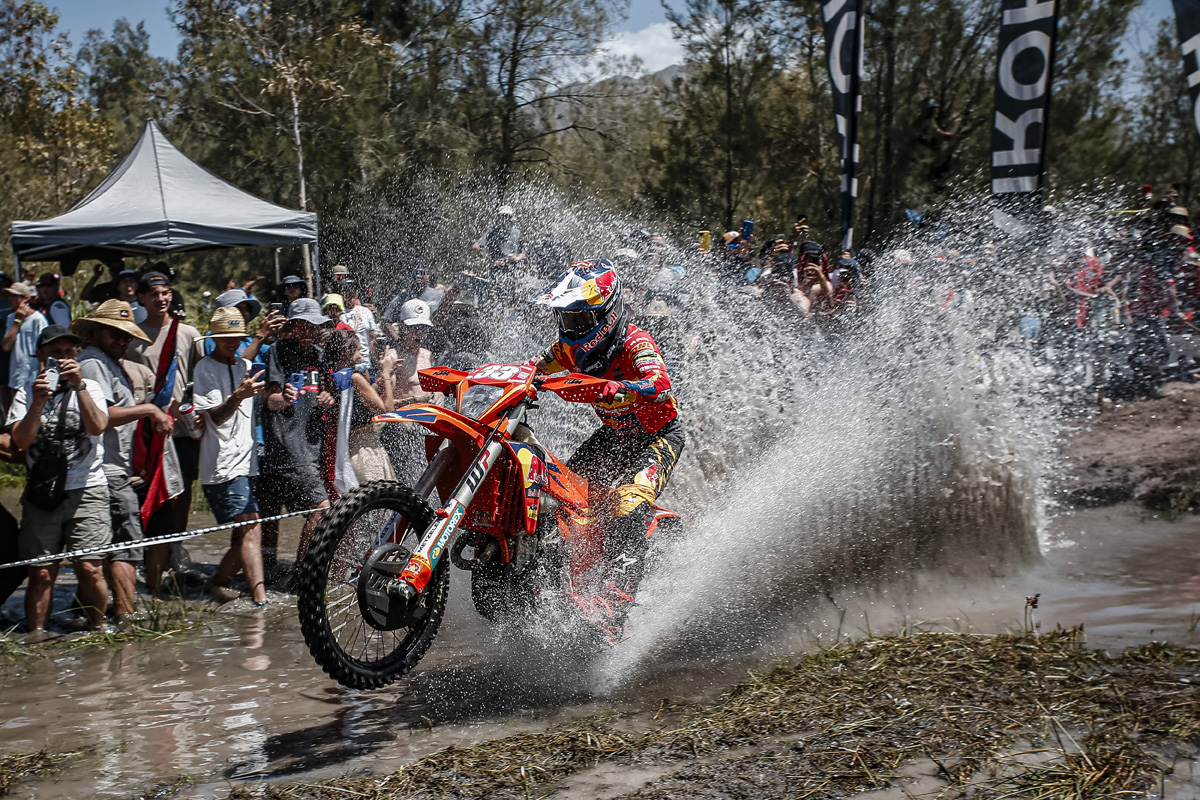
What’s the answer? There is no answer!
As a nine-time FIM Enduro World Champion, and winning member of the Great Britain FIM World Trophy team in 2022, Steve Holcombe knows what the Six Days is all about.
“Firstly, there is no exact answer,” laughs Holcombe. “Ultimately, it really depends a lot on the riding style of the rider, which is what makes enduro great. As much as I love two-strokes, I feel modern four-stroke bikes are the best and easiest choice for how the current races develop.
“I think any capacity is good, from 250cc to 500cc four-stoke. But the mid-capacity bikes – 300cc to 350cc four-stoke – are capable everywhere, and for everyone. They are light enough to throw around for six days straight, but still have torque and the top-end speed needed for the style of special tests we get in the ISDE.”
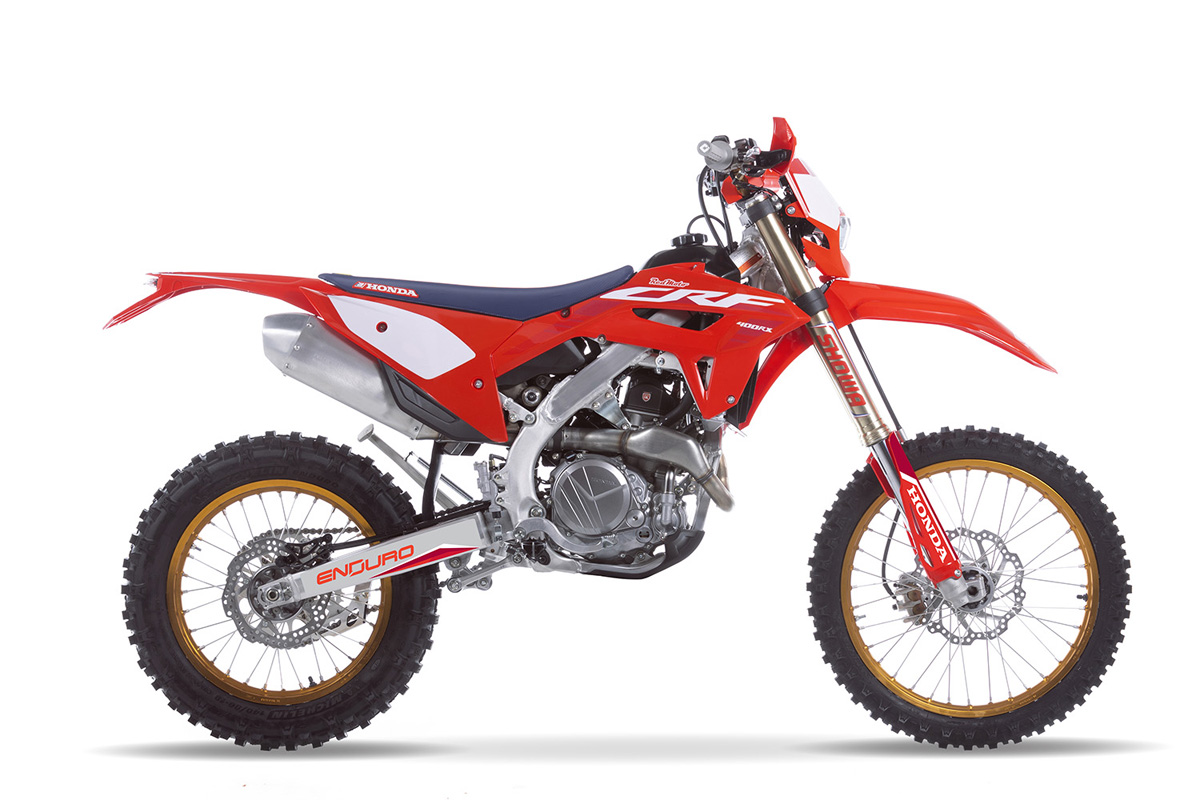
For this year’s ISDE in Spain Holcombe is switching from the 250cc four-stroke he has competed in the FIM EnduroGP World Championship all season, to race the Honda RedMoto CRF400RX.
“Racing the 250cc four-stroke in EnduroGP was a fun switch up this year, but, like I said, I just feel a bigger capacity suits the FIM ISDE special tests more. They’re generally less technical and more open, so suit a more powerful bike.
“Without having any class restrictions now, it’s easier for us to choose a bike that we feel will suit the race. I’m thankful to the team for allowing me to jump on the 400cc four-stroke, I think it will be the best bike for the job.”
Not long now for ISDE 2024
The 98th edition of the FIM International Six Days Enduro in Galicia, Spain takes place from October 14-19.
If you’re not racing or part of a team, spectators will have free access to the paddock, opening ceremony, special tests days one to five. The Final Cross Test will charge for entry on the gate at Pontevedra but that ticket will also include entry to the GASGAS 6DAYS party complete with two free drinks.
Live daily broadcasts
If you cannot be there in person, FIM-MOTO.TV will live stream the final cross test each day plus speak afterwards to the top-ranking riders and nations in a 6DAYS MOTUL Studio Show as they return to the NOCO Parc Fermé in Silleda.
This show will be hosted by Paul Malin, who will provide live insights from the day’s racing and conduct interviews alongside expert analysts.
Access to this streaming service costs 6€ to stream live the 6DAYS (Live streaming day 1 to day 5).
More information: www.fim-moto.tv
Words: Enduro21 Team
Photo Credit: Future7Media




